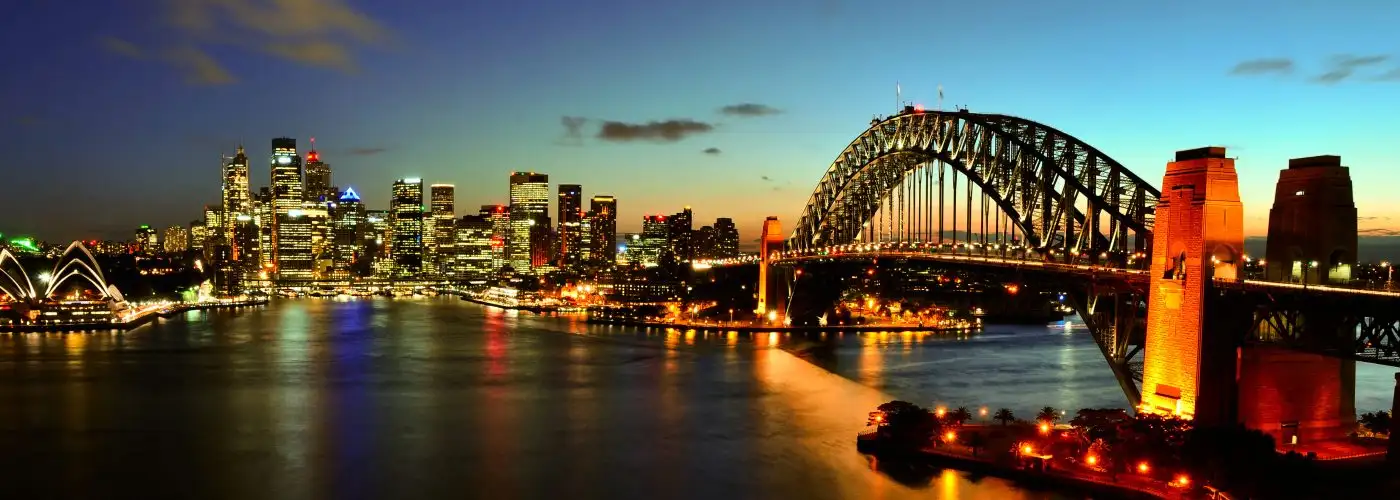About
When To Go
Summer (winter in the Northern Hemisphere) is the most popular time to visit, when the weather is warm, outdoor activities are in full swing, and huge events like the Sydney Festival create a buzz around the city. Because the temperature never really gets cold, you'll be able to see and do most activities year-round. Prices for airfare and accommodations tend to be lower in the winter. Spring and fall may offer the best combination of affordability and pleasant weather.
high season: mid-January to mid--April, October to mid--December
low season: mid-May to mid--August
shoulder season: mid-April to mid--May, mid-August to September, mid-December to mid--January
Weather Information
Located "Down Under" the equator in the Southern Hemisphere, Sydney's seasons run the opposite of North America's. Summer (mid-December through mid-March) is the warmest time of the year with average highs and lows running from 64 to 79 degrees. While this also tends to be the wettest season of the year (about three to six inches of rain per month), the city still averages seven to eight hours of sunshine per day. One important thing to keep in mind is that the UV factor is highest this time of year and it's easy to sunburn.Spring and fall experience averages in the low 50s to the low 70s. The fall (mid-March through mid-June) experiences somewhat less rain than the summer with six to seven hours of daily sunshine. The spring (mid-September to mid-December) is both drier (two to four inches per month) and sunnier (eight hours per day) than the summer and fall. Winter (mid-June to mid-September) is the coolest time of year, with an average low of 49 degrees and a high of 64 degrees.
Crowd Information
Summer sees the most visitors while winter sees the fewest, but being a major metropolitan area, the city is never deserted. Heavy business travel is a factor in the springtime, and large numbers of the visitors can descend on the city at any time of the year for major festivals and concerts. Some popular festivals that may bring bigger crowds include the Sydney Festival in January, Sydney Gay & Lesbian Mardi Gras in February and March, Sydney Royal Easter Show in April, the Sydney Film Festival in June, Sculpture by the Sea in November, and New Year's Eve.Closure Information
Hotels remain open throughout the year as do most attractions. Some restaurants and shops close on public holidays.When to Save
Airfares tend to follow Sydney's seasons: You'll generally find the highest fares in the summer and the lowest in the winter. Hotel rates peak during the summer and may also increase for stays during major events. Rooms are usually more affordable in the winter. Prices for attractions, restaurants, and shops are steady throughout the year.When to Book
To get the best rates, it's wise to book well in advance for peak-season travel. During the low season, you may be able to snag last-minute deals on hotels, but it's still a good idea to book flights ahead.Information provided by Tourism New South Wales
